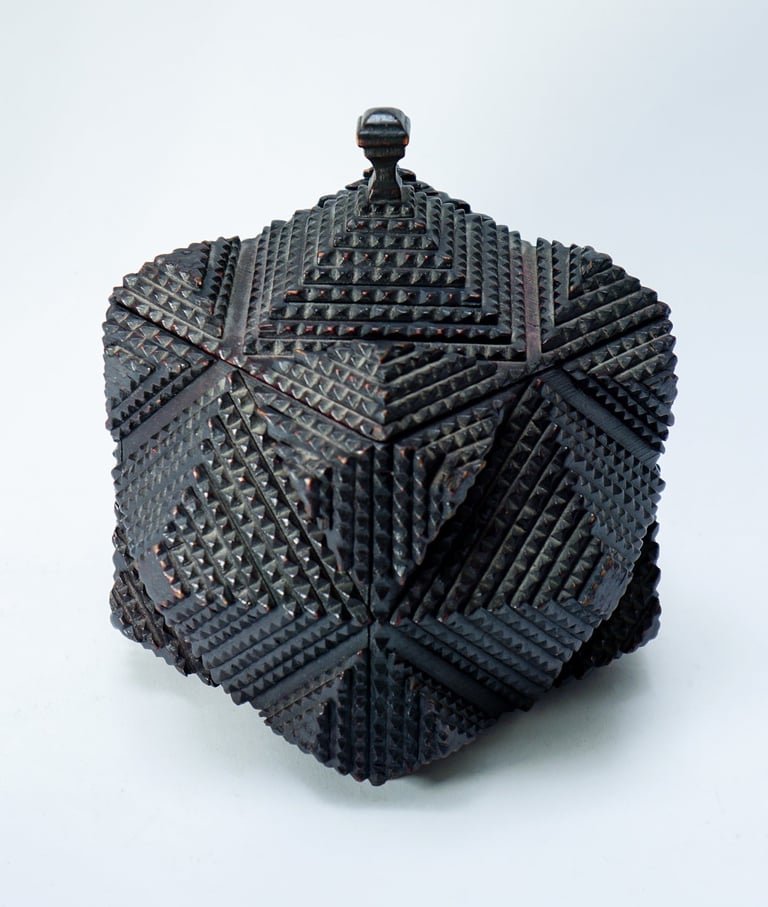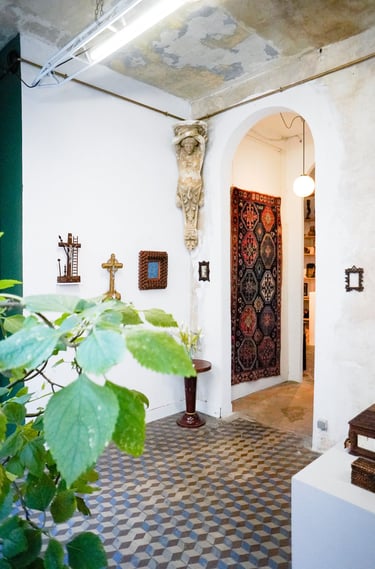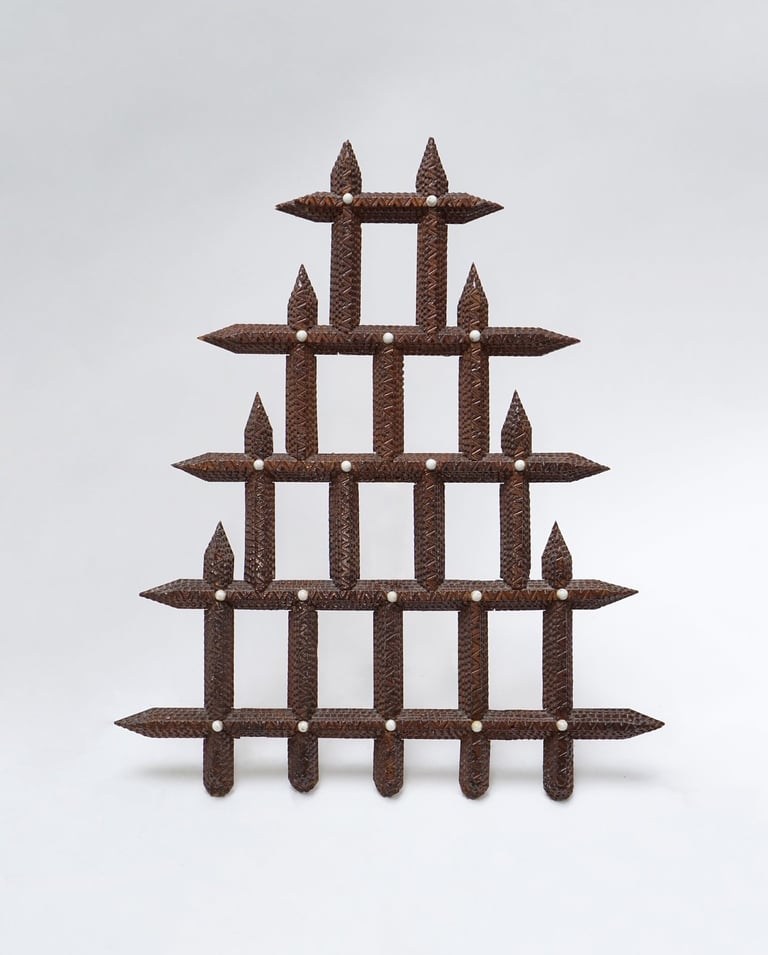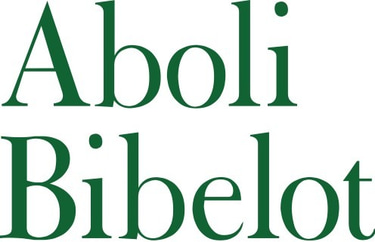We consider tramp art as a subdivision of folk art. The objects presented in this exhibition were made at home by aggregating multiple layers of discarded wood, mainly cigar boxes, to pyramid–like shapes that are notch-carved with a knife.
As a movement, tramp art knew its peak of popularity from the end of the 19th century to the first half of the 20th century.
This coincides with the popularity of cigar smoking. Often seen as a home industry typical of north–America (especially by north–American writers who coined the term), tramp art can be found all over Europe and its former colonies. Many European countries have rich wood carving traditions. Some of the most well–known to collectors are the Frysian ‘kerfsnede’ and the figural carvings from the Schwarzwald area in Germany. While building this collection, I tried being considerate of local variety and to select pieces that are unique in a way other than the way all handmade objects share. The show presents pieces from Belgium, The Netherlands, Germany, France, Russia and Switzerland. More often than not the pieces are not signed or dated and it seems like the people who sell them rarely know how it got in their basement or attic. Charles G. Leland, in his book ‘A Manual of Wood Carving’ (1890), describes for the first time tramp art, which he calls ‘appliqué work’ as follows: “When it degenerates into mere manufacture... Appliqué work of this kind falls still further into manufacture when it consists of thin boards, cut into patterns with a fret or scroll saw, worked up with gouges, and then glued on wood. This is plain imitation. Yet it may be borne in mind, though most writers on the subject deny it, that while it is absolutely not high or legitimate art, there is no law and no reason against it; and if man can contrive no better way to ornament his house, he is perfectly in the right in doing so, if he thinks fit. And if he can afford the time, skill, and materials, he will probably advance from appliqué work to something better...” The most common archetypes of this specific form of folk art are the box, the cross and the frame. Larger pieces of furni ture were manufactured rarely as they required a lot of time and material. A red line through the show is drawn by the colour red and the heart. Many pieces of tramp art were made as a token of love and to mark an important date, like mar riage. Certainly a labour of love, tramp art objects could have taken weeks, months or, in extreme cases, years to complete. With this exhibition I hope to familiarise local audiences with the subject as viewed from a European angle and to open the possibility for acceptance towards other ‘lesser’ art forms.
Tramp Art
22.01.2022 - 13.02.2022


A well-crafted symmetric ‘diamond’ tramp art box with lid which has a carved finial. Inside of the box is dyed dark red, almost purple. 20 x 18 x 18 cm. Photo: Jente Waerzeggers


Photo: Jente Waerzeggers


A well-crafted symmetric ‘diamond’ tramp art box with lid which has a carved finial. Inside of the box is dyed dark red, almost purple. 20 x 18 x 18 cm. Photo: Jente Waerzeggers
